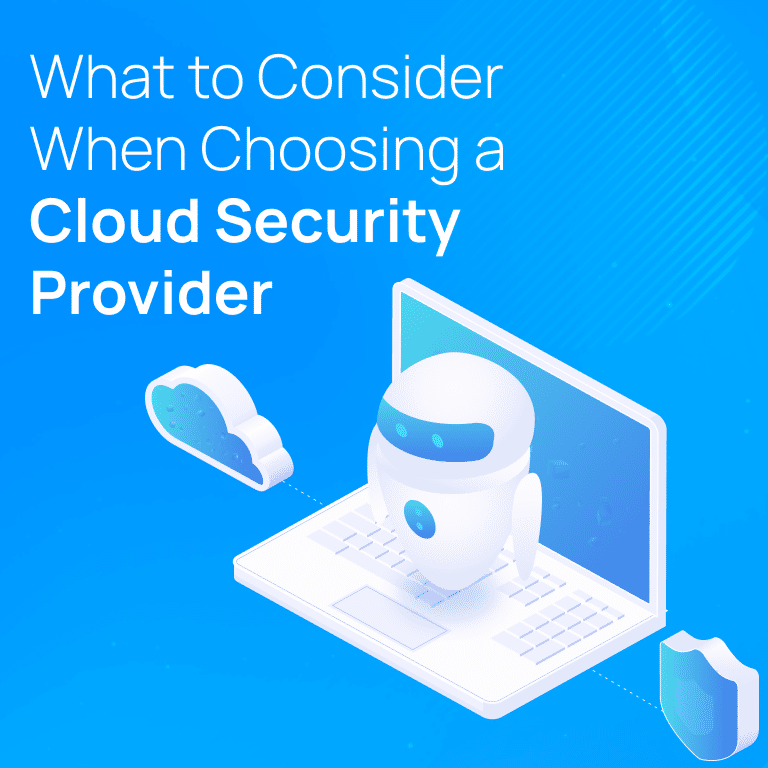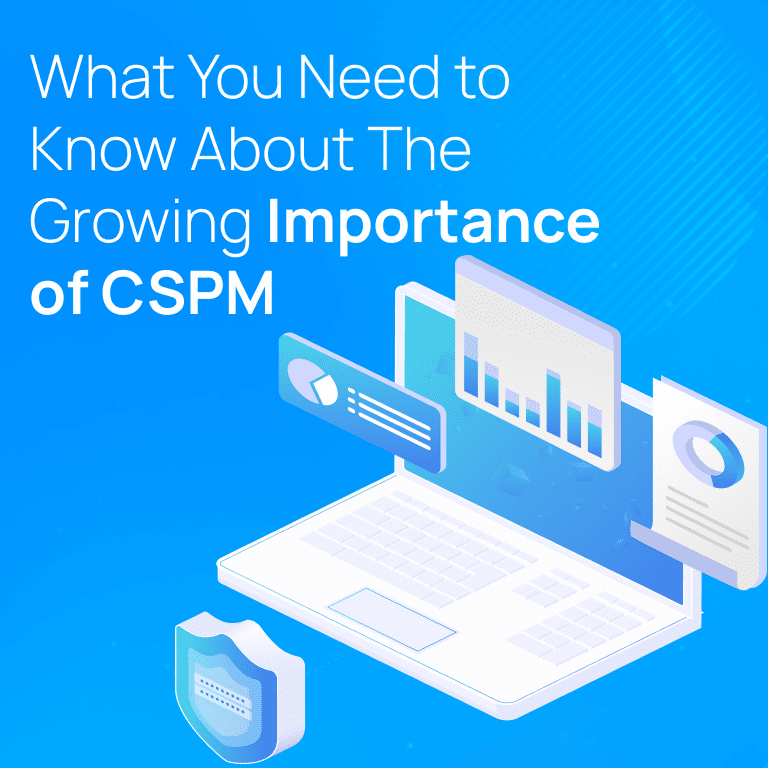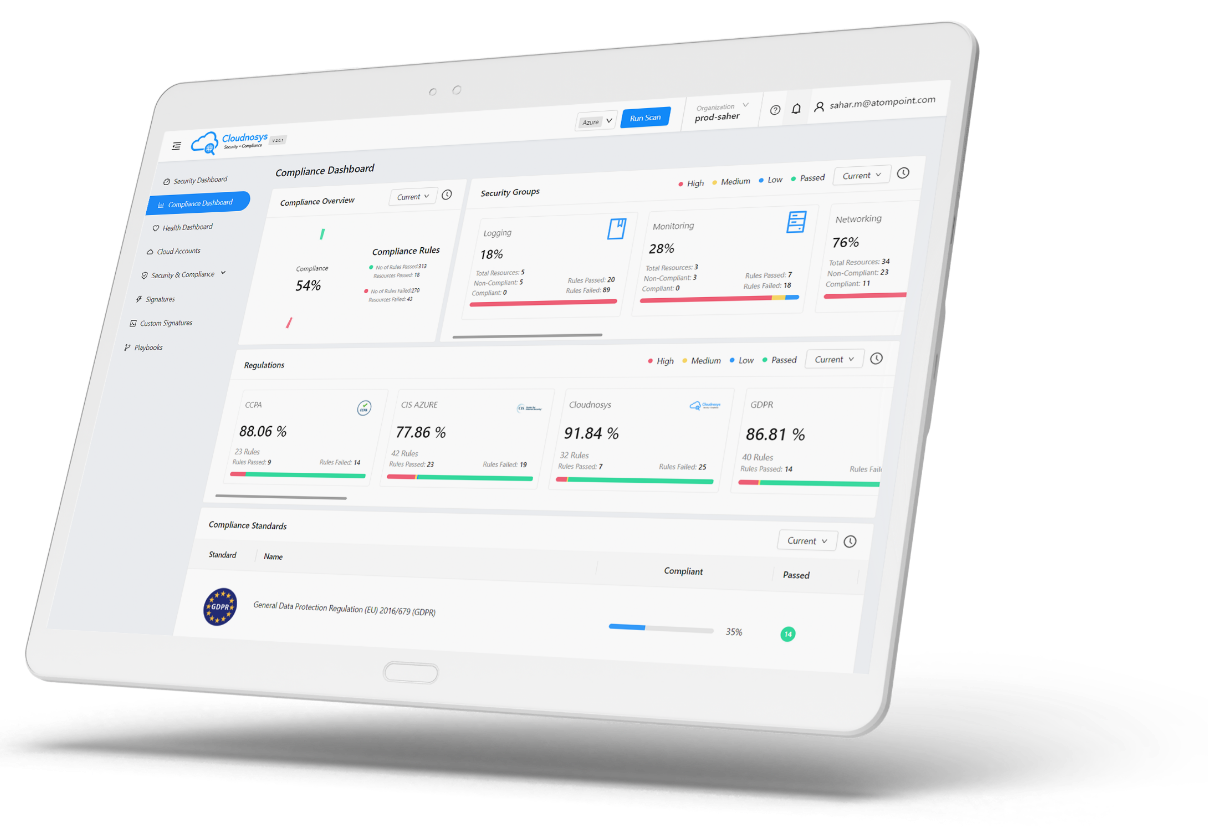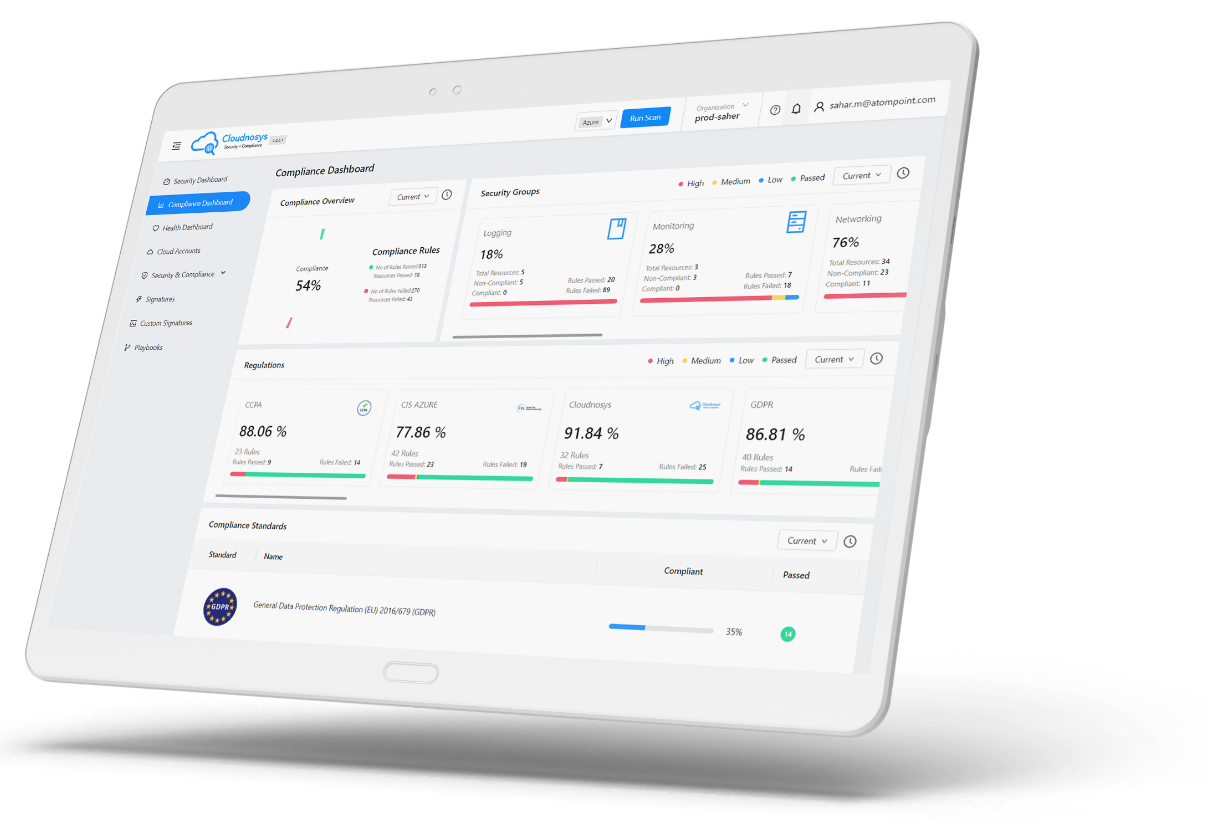Welcome to the Essential Guide to Cloud Security for Remote Work (2025).
Remote work is no longer a temporary shift; it’s a fundamental change in the way organizations operate. As companies increasingly rely on cloud infrastructure to support distributed teams, ensuring robust security is more critical than ever. In this guide, we’ll explore the challenges—highlighting cloud security pitfalls, addressing common cloud security mistakes, and offering strategies to avoid cloud security breaches. We’ll also discuss how advanced platforms like Cloudnosys empower your organization with smart, proactive security and compliance solutions.
Understanding Cloud Security for Remote Work
The Remote Work Revolution and Its Security Implications
Changing Work Environments
With remote work becoming the norm, employees access company data from various locations—be it at home, in co-working spaces, or while traveling. This decentralization increases vulnerabilities, as traditional office security measures no longer apply. Businesses must now secure multiple endpoints and ensure that data transmission between remote devices and cloud servers remains secure.
Evolving Threat Landscape
Cyber threats have grown increasingly sophisticated. Cybercriminals exploit weak home networks, unsecured endpoints, and misconfigured cloud settings to launch attacks. These evolving threats underscore the importance of addressing cloud security pitfalls head-on.
Key Components of Cloud Security
Data Protection and Encryption
Importance of Encrypting Data
Data is the most valuable asset in any organization, yet it is often exposed in cloud environments. Encryption transforms data into an unreadable format, ensuring that even if unauthorized access occurs, the information remains protected. According to Cybersecurity Ventures, global cybercrime costs are projected to exceed $10 trillion annually by 2025, emphasizing the dire need for robust data protection (Cybersecurity Ventures, 2021).
Best Practices for Secure Data Management
Organizations should adopt automated encryption protocols, leverage native cloud encryption tools, and implement strict access controls. Regular updates to encryption standards and continuous monitoring can help safeguard sensitive information from breaches.
Identity and Access Management (IAM)
Securing access is crucial in remote work settings. Effective IAM ensures that only authorized personnel can access critical data. Techniques like Multi-Factor Authentication (MFA) and role-based access control (RBAC) are essential in minimizing unauthorized access. Forrester research shows that robust IAM implementations can reduce security incidents by up to 50% (Forrester, 2022).
Continuous Monitoring and Compliance
With threats evolving rapidly, continuous monitoring is key. Organizations must maintain real-time visibility into their cloud environments and adhere to compliance frameworks such as GDPR, HIPAA, and PCI DSS. Automated tools that check for compliance gaps help ensure that businesses not only protect their data but also build trust with their customers.

Best Practices for Securing Remote Work Environments
Secure Endpoint Management
Remote work introduces a wide variety of endpoints—from laptops and smartphones to IoT devices. Each of these endpoints can be a potential entry point for cyberattacks. Implementing robust endpoint security measures such as antivirus software, regular patch updates, and comprehensive endpoint monitoring is critical.
Implementing Zero Trust Architecture
The traditional security model, which relies on a secure network perimeter, is no longer sufficient. Zero Trust Architecture assumes that threats exist both inside and outside the network. It requires constant verification of every user and device before granting access, thereby reducing the risk of unauthorized access.
Regular Security Audits and Employee Training
Security is a continuous process. Regular audits help identify vulnerabilities and misconfigurations before they can be exploited. Equally important is employee training—since human error is a significant factor in security breaches, ongoing training in cybersecurity best practices is essential. Simulated phishing campaigns and interactive training sessions can significantly bolster an organization’s defense against common cloud security mistakes.
How Cloudnosys Enhances Cloud Security
Overview of Cloudnosys
Cloudnosys is a smart cloud security and compliance platform designed to protect organizations in an increasingly digital and remote work environment. It integrates seamlessly with major cloud service providers such as AWS, Azure, and GCP, offering a unified dashboard for comprehensive security management.
Key Features and Benefits
- Cloudxray: Offers agentless insights into cloud configurations and vulnerabilities, enabling proactive remediation.
- EagleEye: Delivers real-time threat detection and instant alerts, ensuring that security incidents are addressed promptly.
- Playbooks: Automates routine security responses, minimizing manual intervention and ensuring rapid incident management.
Use Cases in Remote Work Settings
For organizations with remote teams, Cloudnosys centralizes security operations across diverse cloud environments. This capability is critical in avoiding cloud security pitfalls and mitigating common cloud security mistakes. Its robust features also help organizations avoid cloud security breaches by offering continuous monitoring and automated compliance checks.
FAQs
FAQ 1: What is cloud security for remote work?
Cloud security for remote work involves protecting data and resources in cloud environments, and ensuring that remote access remains secure through encryption, IAM, and continuous monitoring.
FAQ 2: How does encryption help in securing cloud data?
Encryption converts sensitive data into an unreadable format, ensuring that even if unauthorized access occurs, the data remains protected.
FAQ 3: What is the role of IAM in remote work security?
IAM ensures that only authorized users have access to sensitive resources, often using multi-factor authentication and role-based access controls.
FAQ 4: How can Cloudnosys improve my cloud security posture?
Cloudnosys offers tools like Cloudxray, Cloudview, EagleEye, and Playbooks to provide comprehensive monitoring, threat detection, and automated incident response across various cloud environments.
FAQ 5: What are the best practices for securing remote work environments?
Best practices include securing endpoints, implementing Zero Trust Architecture, conducting regular security audits, encrypting data, and continuous employee training on cybersecurity awareness.
Conclusion
In conclusion, as remote work continues to reshape the modern business landscape, robust cloud security has never been more critical. Organizations must proactively address vulnerabilities by encrypting data, implementing strict access controls, and continuously monitoring their cloud environments. Understanding and mitigating cloud security pitfalls is essential to protect valuable data and maintain operational integrity.
By following best practices such as securing endpoints, adopting Zero Trust Architecture, and regularly training employees, businesses can significantly reduce the risk of common cloud security mistakes. Moreover, leveraging advanced platforms like Cloudnosys empowers organizations to avoid cloud security breaches and achieve continuous compliance across multi-cloud environments.
Ready to Fortify Your Cloud Security? Request a Demo today and see how Cloudnosys can help your organization achieve a secure and resilient remote work environment in 2025 and beyond.










